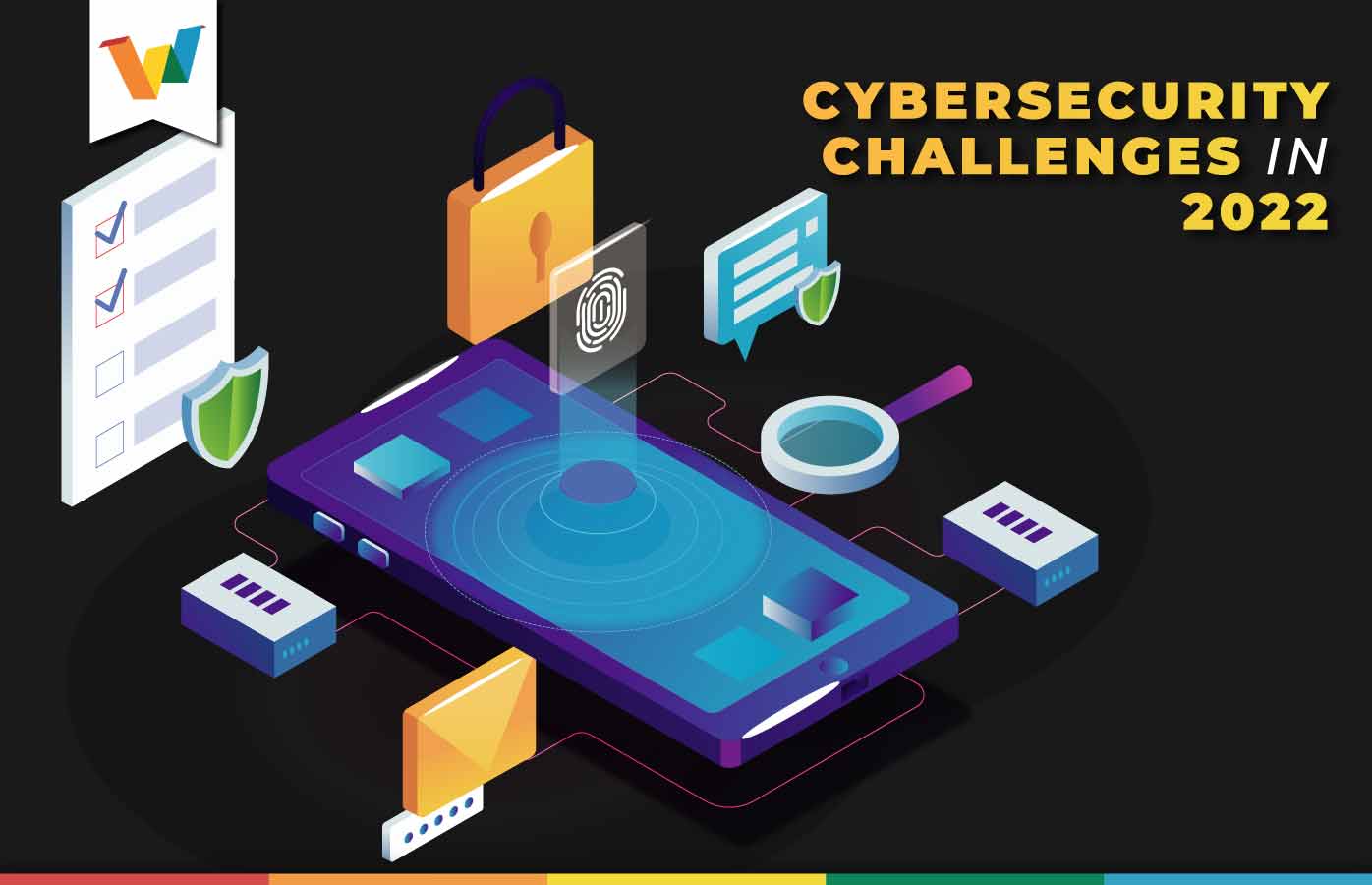Learn to protect your digital assets from cyber threats
Overview
This course provides an introduction to cybersecurity solutions and strategies. You will learn to identify different types of cyber threats and how to mitigate them using various security measures and technologies. By the end of this course, you will have the knowledge and skills needed to implement effective cybersecurity solutions and safeguard your digital assets.
Introduction to Cybersecurity Solutions
01 Introduction to Cybersecurity Solutions
What is cybersecurity?
In today’s digital age, where we heavily rely on technology for various aspects of our personal and professional lives, we cannot ignore the importance of cybersecurity.
Cybersecurity refers to the practice of protecting computers, servers, electronic systems, networks, and data from unauthorized access, use, disclosure, disruption, modification, or destruction.
The Need for Cybersecurity Solutions
The cyber threat environment is constantly changing, and cyberattacks are becoming increasingly frequent and sophisticated. Cybercriminals continuously attempt to exploit vulnerabilities in computer systems and networks to gain unauthorized access to confidential information, disrupt services, or even cause financial and reputational harm.
Therefore, both companies and individuals need strong cybersecurity solutions to reduce the risks associated with cyberattacks and ensure the confidentiality, integrity, and availability of their digital assets.
Types of Cybersecurity Solutions
1. Network Security:
Network security solutions focus on safeguarding the organization’s network infrastructure against unauthorized access, malware, and other threats. They typically include firewalls, intrusion detection and prevention systems (IDPS), virtual private networks (VPN), and network access control (NAC) systems.
2. Endpoint Security:
Endpoint security solutions aim to protect individual devices such as laptops, desktop computers, smartphones, and tablets. These solutions typically include antivirus software, host intrusion prevention systems (HIPS), data loss prevention (DLP) tools, and device encryption.
3. Application Security:
Application security solutions safeguard the applications within an organization. They encompass secure coding practices, application firewalls, and vulnerability scanning to identify and fix software vulnerabilities.
4. Data Security:
Data security solutions focus on safeguarding sensitive information from unauthorized access, alteration, or theft. These solutions encompass data encryption, access controls, data loss prevention (DLP) tools, and secure data destruction practices.
5. Identity and Access Management (IAM):
IAM solutions manage user identities, authentication, and access privileges to an organization’s systems and applications. IAM solutions often include password management, multifactor authentication (MFA), and access controls.
6. Security Monitoring and Incident Response:
Security monitoring and incident response solutions detect, analyze, and respond to security incidents in real-time. They include security information and event management (SIEM) tools, intrusion detection systems (IDS), and incident response playbooks.
7. Cloud Security:
Cloud security solutions address the unique challenges associated with cloud computing environments. They include data encryption at rest and in transit, identity management, cloud service access, and cloud-specific security controls.
Implementation of Cybersecurity Solutions
Effective cybersecurity solutions demand a comprehensive strategy that integrates people, processes, and technology. Beyond just implementing the latest security tools, it’s imperative to educate and train users, institute robust policies and procedures, and consistently update and patch software and systems.
Organizations must also prioritize regular security audits and risk assessments to pinpoint vulnerabilities and potential risk areas. Keeping abreast of emerging threats, industry best practices, and compliance standards is vital to ensuring a resilient cybersecurity framework.
Conclusion
The course “Introduction to Cybersecurity Solutions” provides a comprehensive overview of the fundamental aspects of cybersecurity. Organizations must implement strong concepts, principles, and network strategies in the field of cybersecurity. Students will gain a solid foundation for understanding the importance of cybersecurity, the potential threats and risks that organizations face, and the various solutions available to mitigate these risks. By the end of the course, you will have the knowledge and skills necessary to protect digital assets and mitigate cyber threats.
Visit our blog for the next part of the course.






